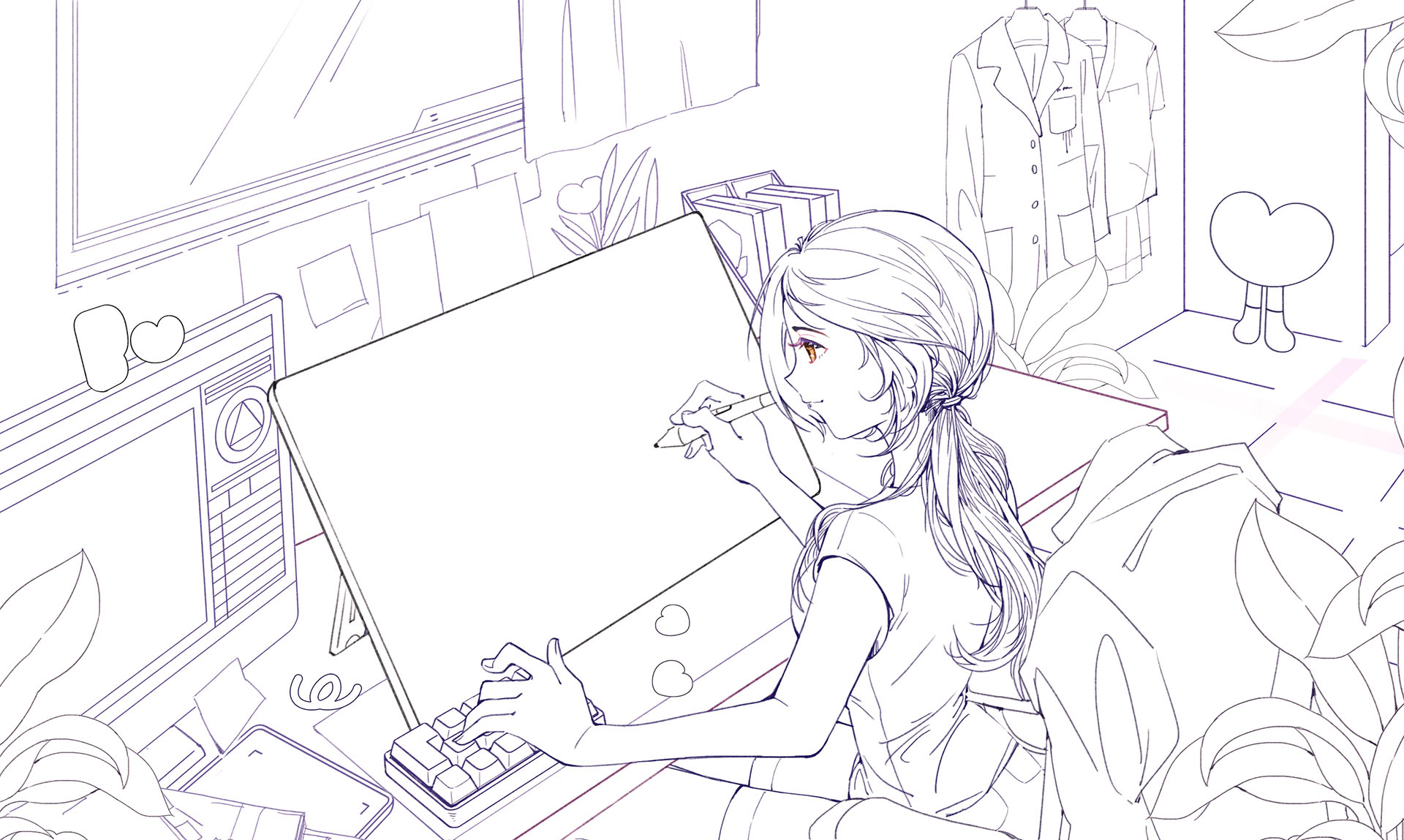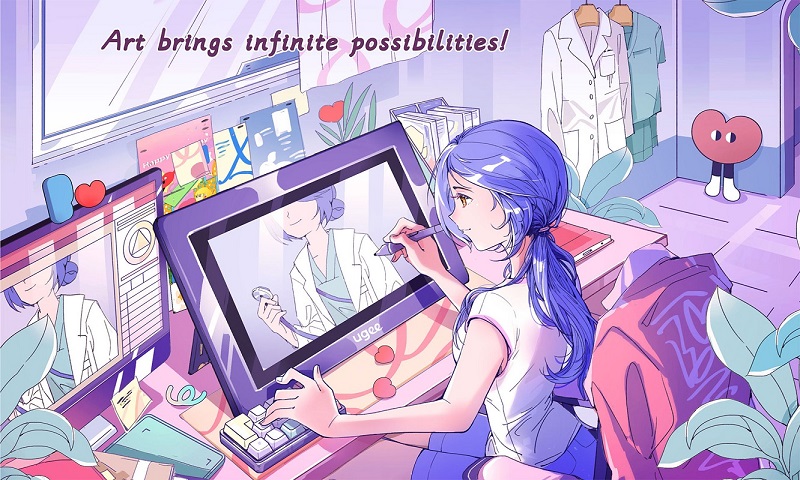Digital Drawing Tablet
Drawing Monitor
Accessories
Please select your country/region
North America
South America
Oceania
Europe
Digital Drawing Tablet
Drawing Monitor
Accessories
Please select your country/region
North America
South America
Oceania
Europe

Creating realistic lighting effects in Photoshop can take your digital artwork to the next level. However, it can be challenging to achieve the perfect balance between brightness, shadows, and color temperature. In this article, we will explore the factors that affect Photoshop lighting effects and share tips to help you create stunning and realistic lighting in your digital art.
Factors of Photoshop lighting effects
Light source: The direction and intensity of the light source will affect the shadows, highlights, and color temperature in your image. Determine the position of the light source to create a realistic lighting effect.
Color temperature: The color temperature of the light source will affect the warmth or coolness of the image. A warm light source will create an orange or yellow tint, while a cool light source will create a blue or green tint.
Shadow and highlight: The shadows and highlights in your image will create depth and dimension. Pay attention to the light source and create shadows and highlights accordingly.
Reflection: The reflection of light on objects in your image will add realism. Consider the surface and material of the object to create a believable reflection.
Tips for creating realistic lighting effects
Start with a base layer: Begin with a neutral background and a base layer that contains the primary elements of your composition. This will help you focus on the lighting effects without getting distracted by other elements.
Use adjustment layers: Adjustment layers will allow you to make changes to the lighting effects without affecting the rest of the image. Experiment with the different adjustment layers, such as Levels, Curves, and Hue/Saturation, to achieve the desired effect.
Use layer masks: Layer masks will allow you to refine the lighting effects and create a seamless blend with the rest of the image. Use a soft brush and vary the opacity to create a natural transition.
Experiment with blending modes: Blending modes will allow you to combine layers and create a unique lighting effect. Try different blending modes, such as Screen, Multiply, and Overlay, to achieve the desired result.
Recommended use of draw tablet with screen
To achieve the most accurate and realistic lighting effects, we recommend using a high-quality drawing monitor such as the ugee U series. These drawing monitors provide a high level of color accuracy and allow you to see your work in real-time as you make adjustments.

Additionally, the ugee U series drawing monitors come with a stylus that provides pressure sensitivity and precision control. This allows you to create natural and realistic lighting effects with ease.
Summary
Creating realistic lighting effects in Photoshop can be challenging, but by understanding the factors that affect lighting, and following our tips, you can achieve stunning results. Using a draw tablet with screen such as the ugee U series will also enhance your workflow and provide more accuracy and control. Experiment with different techniques and find what works best for your style and project. With practice and patience, you can create stunning digital art that captures the beauty of light.
Please select your country/region
North America
South America
Oceania
Europe